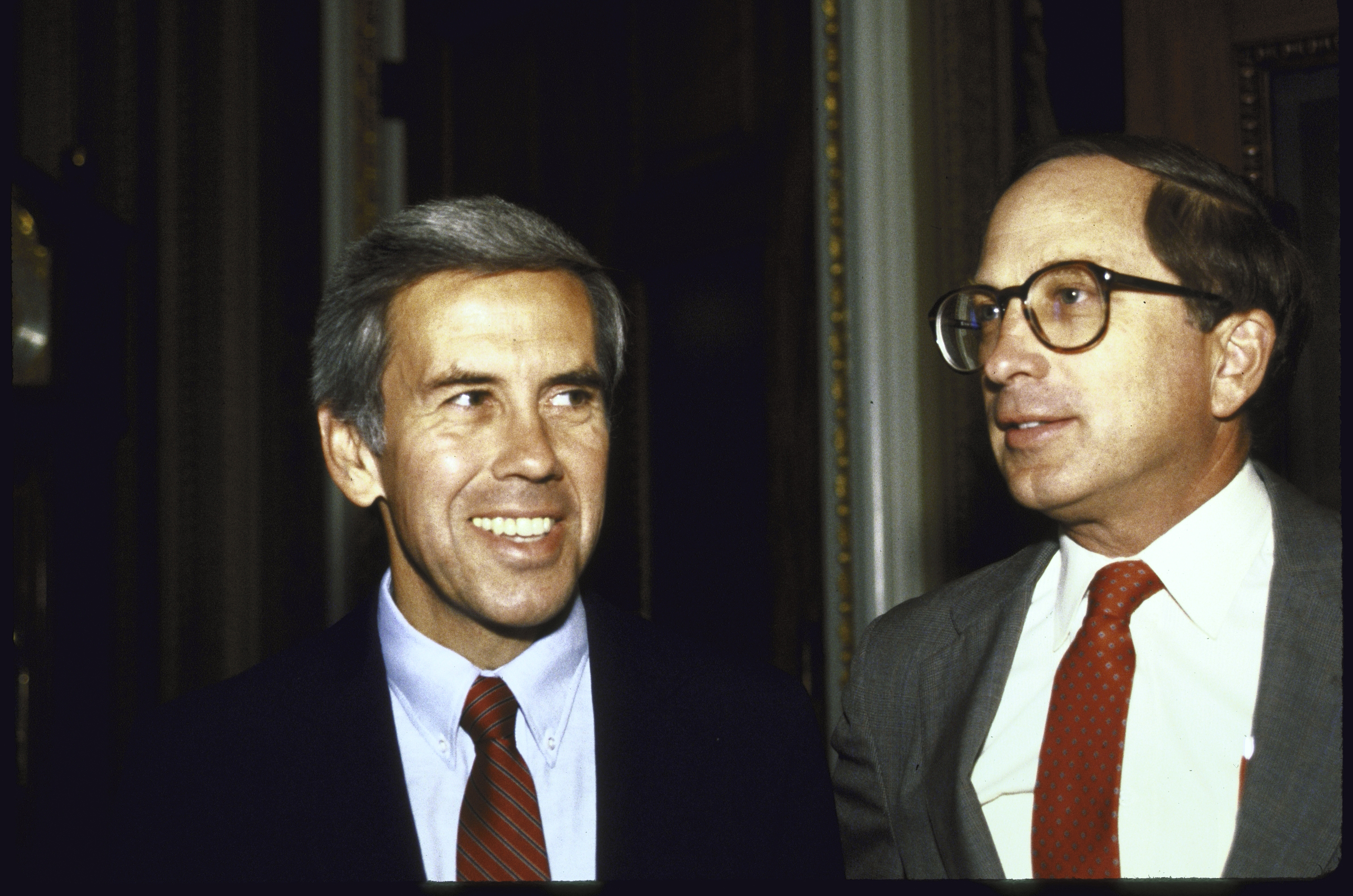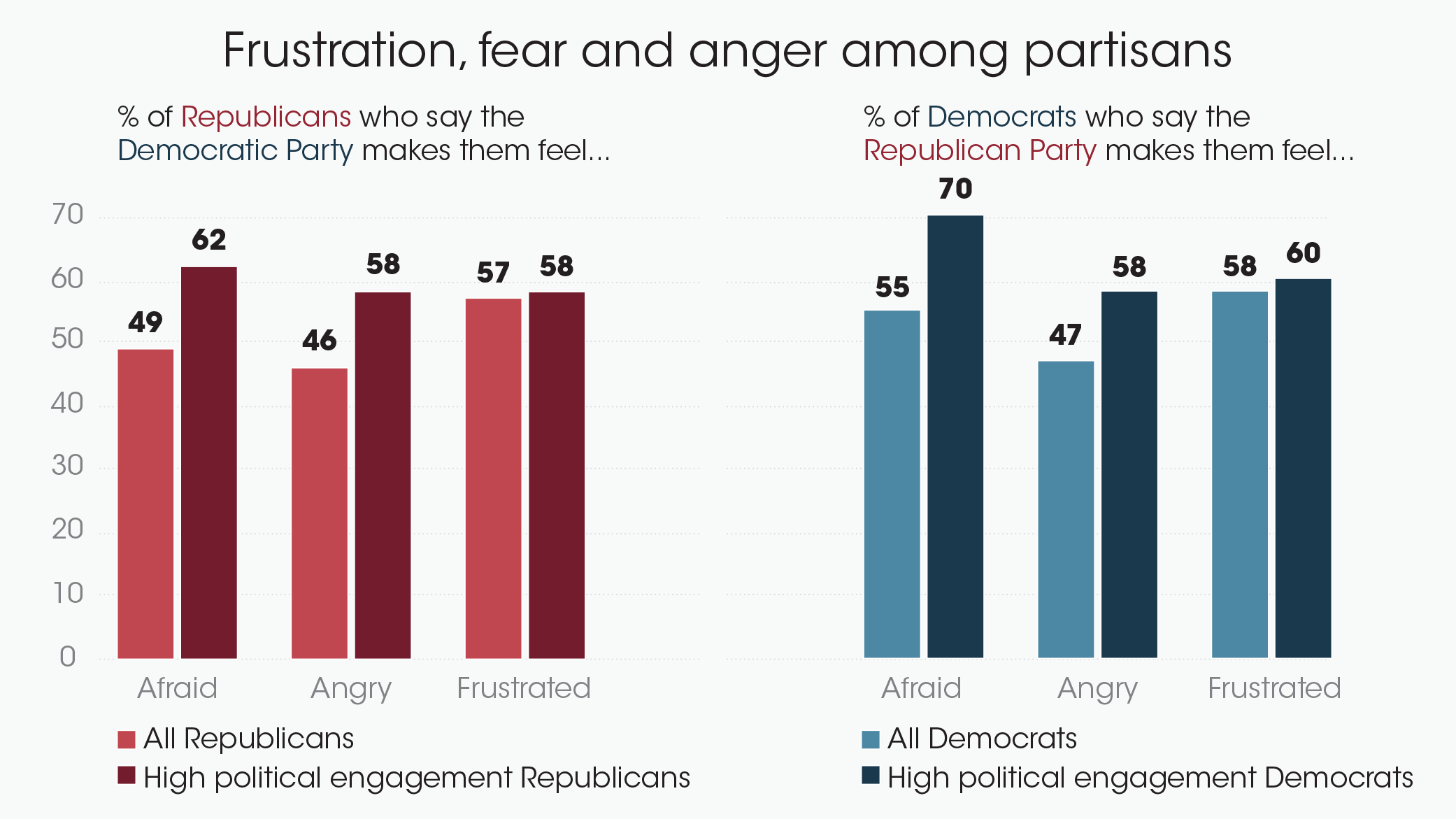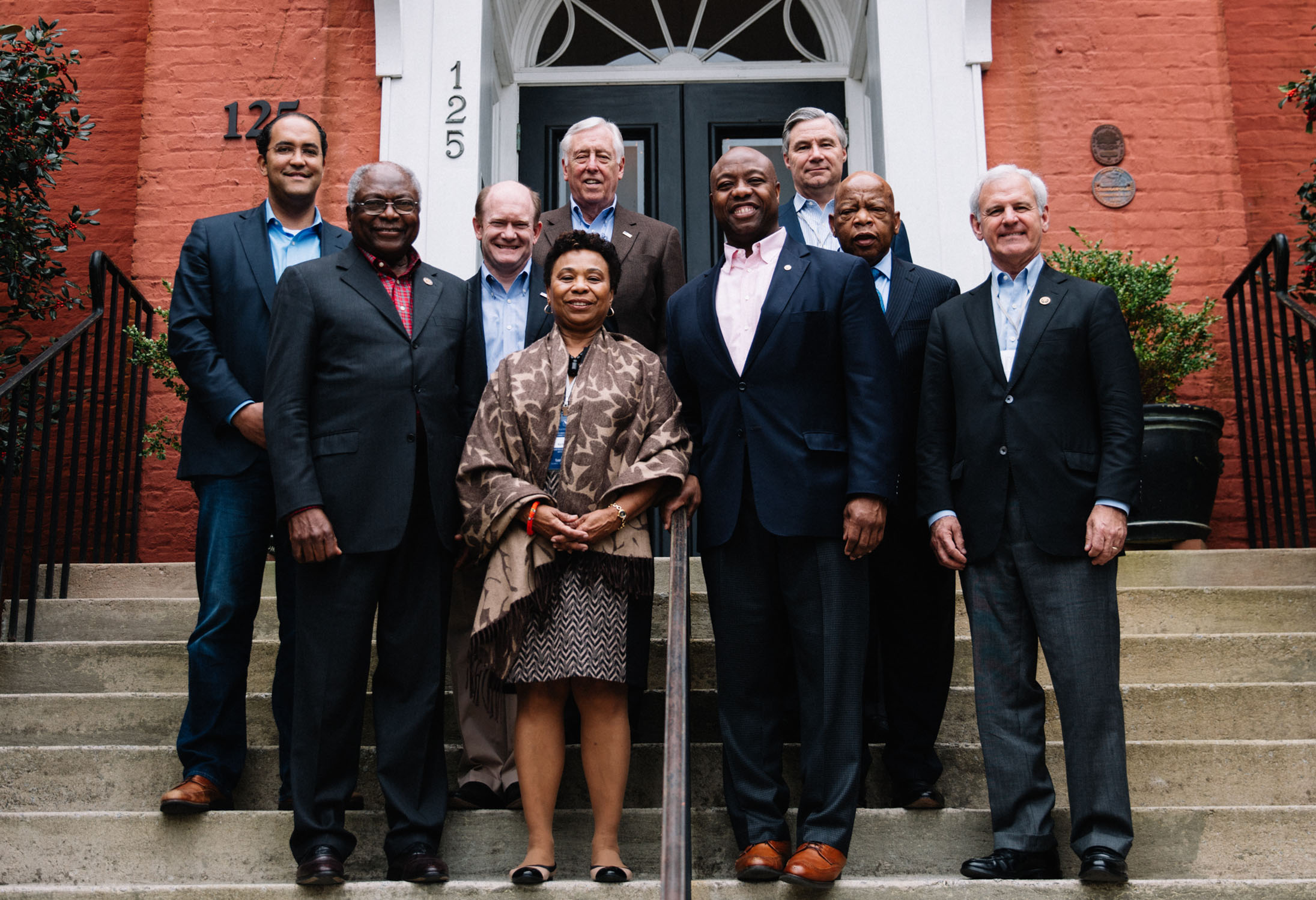From the Archives
In a polarized era, efforts to boost bipartisanship in Congress
 Matt Chase/CC BY
Matt Chase/CC BY
The organization’s Congressional Future Caucus consists of 26 Democratic and Republican members who meet formally and informally, such as on morning runs, and look for issues on which to work together. MAP is also organizing and supporting similar caucuses in 15 state legislatures. Trying to boost bipartisanship from a different angle is the National Institute for Civil Discourse, bringing together state legislators in a program on building trust. More than 475 lawmakers from 12 states have participated in the half-day workshop, which helps them develop skills to work together better.
As so many state legislators go on to serve in Congress, institute executive director Carolyn Lukensmeyer is confident that the training, along with future work in Congress, will be useful. “The goal is for people to reconnect with the root spirit that made them want to go in public service in the first place,” she said. “They wanted to make a difference. It has been transformative for many legislators.”
Impressions of increasing bipartisanship are one thing. But is there evidence?
Dan Diller, director of policy for The Lugar Center, considers one sign of success is how often Congress members with favorable scores on The Bipartisanship Index have used that in press releases, social media and campaign ads – in more than 30 states so far. Diller said, “If we can get a few members to think more about bipartisanship because of the index, we’ve moved the needle.”
Despite all the efforts, making Congress work better remains an uphill struggle. This year alone Senate Republicans declined to schedule hearings on President Obama’s Supreme Court nominee and in the House a close vote ended with a loud screaming match.
“We have a lot of important work to do, but we also need to be patient with how long that can take and keep at it. We need to look for places where the parties can work together — start small and build success,” said Jean Bordewich, who spent more than two decades as a congressional staffer and now works on the Madison Initiative at the Hewlett Foundation.



